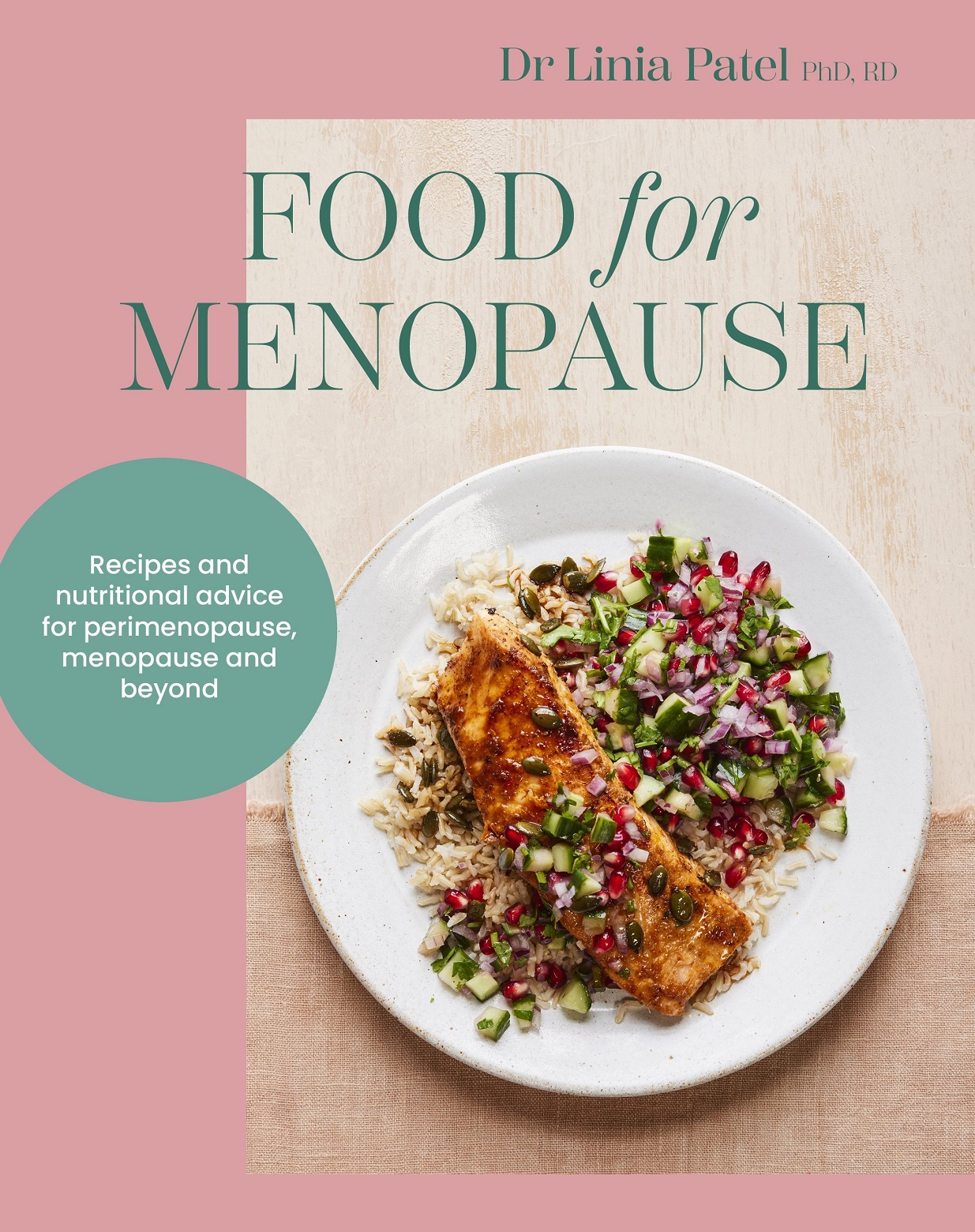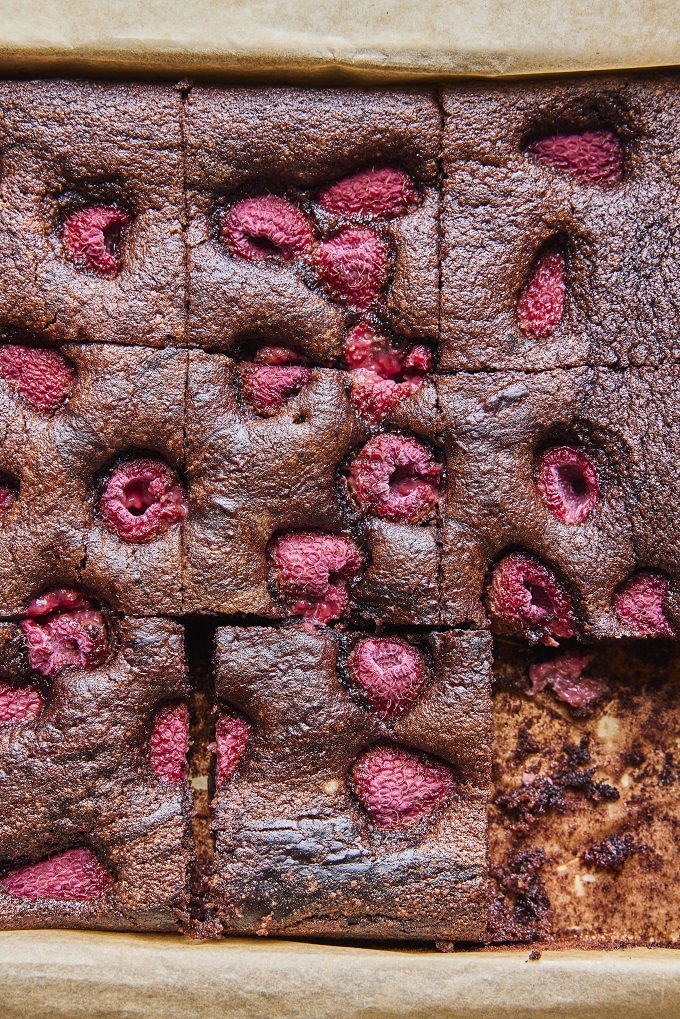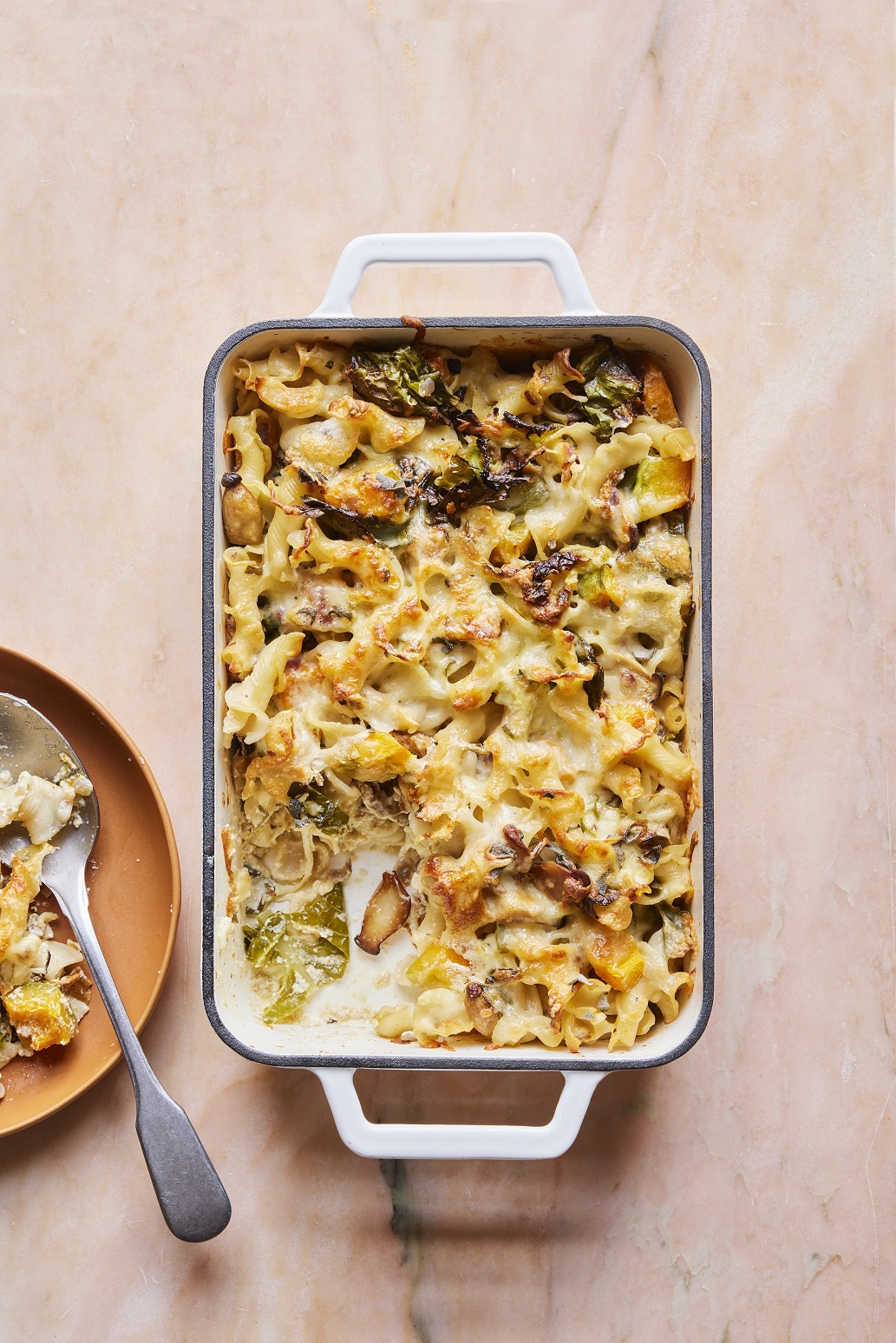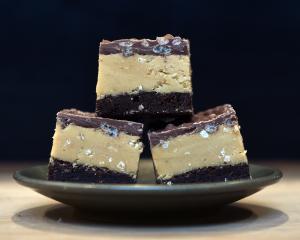
More than half the world’s population will experience menopause yet most women are not prepared, Dr Linia Patel says.
"And another 75% report not knowing that what they eat and how they live has an impact on their symptoms."
Until recently many of these symptoms were written off as part of a natural part of ageing, something women simply had to tough out and live with.
"And being women . . . we just did and carried on."
However, while growing up and ageing are inevitable, gaining weight, being utterly overwhelmed, crippled with anxiety, not sleeping and having a below-zero libido is not, she says.
"In general, women’s health is often under-explored and under-researched, but the narrative is changing. There is now more information on the menopause than ever before."
As a women’s health dietitian and performance nutritionist, Dr Patel looks at ways to improve people’s biology to get more out of life.
Hormones are the things in women’s bodies that make them tick; they run and regulate the body acting as chemical messengers.
"So if you learn to eat to make your hormones work for you, rather than against you, you are on to something."
In her book, Food for Menopause, Dr Patel aims to give advice on how to eat to make women’s hormones work for them, not against them.

While healthy eating is not a replacement for hormone therapy, should a woman choose to use it, nutrition is a formidable ally.
"It can help you feel and function better, it can support the management of your symptoms and it is fundamental to prepping you for the menopause."
Her four key nutrition principles for optimal hormone balance are: optimal hydration, controlled blood-sugar levels, a healthy gut microbioms and anti-inflammatory eating.
The approach is centred on balance not "quick fixes" but one size does not fit all and she has found an all or nothing approach does not work for most people. Instead, habits and eating plans that women can stick to in the long term are more sustainable.
Dr Patel encourages women to drink about 1.5 to 2 litres a day as even mild dehydration can exacerbate menopause symptoms such as low energy, moodiness, irritability, a craving for sweet stuff and hot flushes.
While some people struggle with drinking water, she suggests flavouring with fruit or mint or infuse it with herbal teas.
The caffeine in coffee is a stimulant and a recent study found women with a higher caffeine intake were more likely to have hot flushes and night sweats but also fewer problems with mood, memory and concentration. Everyone responds to caffeine differently and if a person tolerates it that is fine, but if they struggle with hot flushes they should try to ease up on the caffeine.
Controlling blood sugar levels is important as a person’s energy, mood, focus, cravings waistline, sleep and their risk of chronic diseases in the future all benefit.
"Research has shown that our friend oestrogen plays an important role in affecting the way your body responds to insulin. Insulin is the key hormone linked to blood-sugar control."
Carbs are digested and eventually broken down into glucose which is absorbed into the bloodstream and raises the blood-sugar levels.

She advises not eating carbohydrates "naked"; instead dress them with protein, fat or fibre and after a big meal, a brisk walk can help re-balance blood-sugar levels.
"Opt for whole foods or high-fibre carbohydrates with a low GI that are slow to digest."
She also suggests prioritising protein intake, spreading it across the day, but it is important to keep it lean and reduce intake from processed sources.
"Include some meat-free meals in your menu. Plant-based proteins like beans and lentils are great. Get over your fat phobia! We need to include some fat in our diet, especially during the menopause, for hormone production, brain health and absorption of essential minerals and vitamins."
However, avoid trans fats and be aware fats are calorie-dense, so keep on top of portion sizes.
It is also important to nourish gut bacteria as during menopause, hormones decrease the gut microbiome diversity. What people eat can affect the balance of "good" and "bad" bacteria so reducing a person’s intake of added sugar, artificial sweeteners and ultra-processed foods and alcohol is advised,
"Focus on variety. Eating a wide range of plant-based foods will lead to a more diverse gut microbiome. Aim for 30 different plant-based foods per week. Include something fermented every day."
While the relationship between menopause and inflammation is not yet known, Dr Patel advises following a Mediterranean diet as it is a balanced way of eating and living built around seasonal fruit and vegetables, grains, beans, legumes and nuts with only moderate amounts of dairy, poultry and eggs as well as seafood.
She shares some of the recipes from her book in this extract.
The Book
Images and text from Food for Menopause by Dr Linia Patel, photography by Clare Winfield. Murdoch Books RRP$45
 Chocolate and raspberry olive oil brownies
Chocolate and raspberry olive oil brownies

Ask me to bring something sweet to a dinner party or barbecue? I will bring these. They are my signature dish. They are simple to make and are always devoured in minutes. Nigella Lawson’s olive oil chocolate cake was the inspiration, but of course I have adapted it to be as low in sugar as possible and have added more fibre. I love the visual effect of the raspberries on top.
Makes 20-25 brownies
Ready in 1 hour
Suitable for GF DF V
Ingredients
50g (½ cup) cocoa powder
125ml (½ cup) boiling water
1 tsp vanilla bean paste
150g (1½ cups) ground almonds
½ tsp bicarbonate of soda (baking soda)
100g (scant ½ cup) caster (superfine) sugar
150ml (generous ½ cup) olive oil
3 large eggs
100g (generous ¾ cup) raspberries
Method
Preheat the oven to 180ºC. Grease and line a 20cm square brownie tin.
In a heatproof bowl, whisk the cocoa powder with the boiling water and vanilla.
In a separate bowl, mix the ground almonds with the bicarbonate of soda.
In a stand mixer or with a handheld electric whisk, beat the caster sugar, oil and eggs together until they are gorgeous, pale and voluminous.
Fold in the ground almond and cocoa mixtures and pour into the prepared tin. Scatter over the raspberries.
Bake for 35-40 minutes until a skewer comes out not quite clean but not really sticky, then allow to cool in the tin before slicing into squares.
Tip: Swap the raspberries for pecans or walnuts.
 Mushroom and pumpkin pasta al forno
Mushroom and pumpkin pasta al forno

Virginia was my first Italian friend when I moved to Milan. A mutual friend set us up and we hit it off straight away. Her family has since become la mia famaglia and I have spent many long Italian-style Sunday lunches at her house. Pasta al forno is a firm favourite and an Italian classic. This recipe is based on the recipe of Virginia’s mum Patricia although, of course, I have found a way to add extra vegetables. This version is plant-based, but you can make it with meat ragu or bolognese too.
Serves 4-6
Ready in 1 hour
Suitable for vegetarians
Ingredients
350g short pasta
3 Tbsp olive oil
1 red onion, finely chopped
5-6 fresh sage leaves, finely chopped
1 Tbsp plain (all-purpose) flour
350-400ml (scant 1½ - ⅔ cups) fresh vegetable stock (or use a low-sodium stock cube)
200g mushrooms, finely chopped
300g pumpkin, peeled and diced
½ large Savoy cabbage, shredded, or 200g baby spinach
150g (⅔ cup) soft ricotta cheese
100g (1 cup) grated cheddar, vegetarian hard cheese or parmesan (optional)
120g (1 cup) torn mozzarella cheese
Method
Bring a saucepan of salted water to boil and cook the pasta for 8-10 minutes until al dente, but tender.
Heat half the olive oil in a pan over a medium heat and gently fry the onion and sage for 5 minutes. Add the flour and cook for 1-2 minutes, then gradually add the stock, stirring until you have a smooth sauce.
Season and simmer gently for 5 minutes.
Heat the rest of the oil in a second pan over a medium-high heat and fry the mushroom until golden.
Add the pumpkin and cook for 45 minutes until the pumpkin is starting to become tender. Add the cabbage or spinach and wilt for a minute or two.
Preheat the oven to 200ºC.
Combine the sauce with the vegetables and stir in the ricotta and most of the cheddar or parmesan, if using.
Drain the pasta, reserving a cup of the cooking water.
Toss the pasta with the sauce, adding enough water to loosen if needed. Spoon into an ovenproof dish.
Scatter with the remaining cheddar or parmesan and the mozzarella and bake for 30 minutes until golden and bubbling.
Tip: You can freeze this for up to 3 months (defrost fully before reheating).
 Feta fried eggs
Feta fried eggs

This is my take on the feta fried eggs trend that went viral on Instagram. Eggs are a nutritional powerhouse. They contain 13 different essential vitamins and nutrients and are one of the greatest sources of choline available. Choline is an essential nutrient that we have to get from foods as our bodies don’t produce enough. It’s linked with good cognitive function, memory and attention. During the menopause, as our oestrogen levels fall, we are prone to being deficient in choline.
Serves 2
Ready in 20 min
Suitable for Vegetarians
Ingredients
2 Tbsp olive oil
1-2 tsp chipotle paste
4 spring onions, finely sliced
60g (½ cup) feta cheese, crumbled
2 medium eggs
2 small seeded flour tortillas
Large handful of fresh coriander leaves (optional)
Method
Heat half the oil in a non-stick pan over a medium-high heat and fry ½-1 tsp of the chipotle paste and half of the spring onion with a pinch of sea salt for 1-2 minutes until softened.
Add half the feta and let it cook, undisturbed, for 2 minutes, then crack one egg on top. Cook until the white is slightly crispy and the yolk starts to set, then season a little with salt and pepper and top with one of the tortillas. Flip over with a spatula and fry for a minute on the other side to toast the tortilla. Remove, drain briefly on kitchen towel, put on to a plate and garnish with coriander, if using.
Repeat with the other half of the ingredients and serve.












